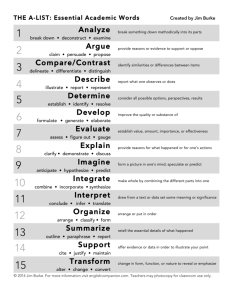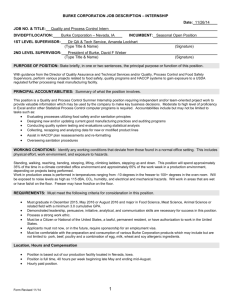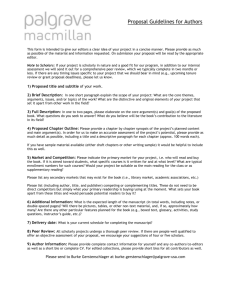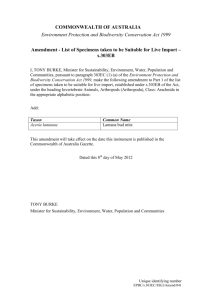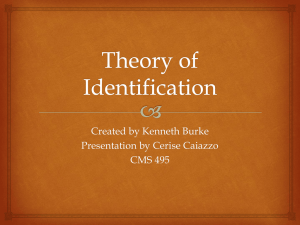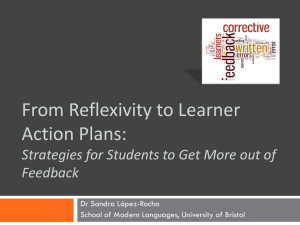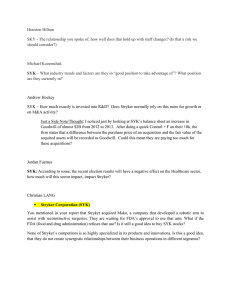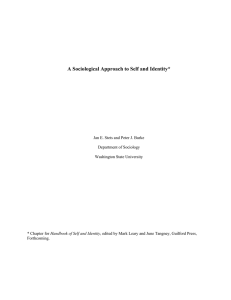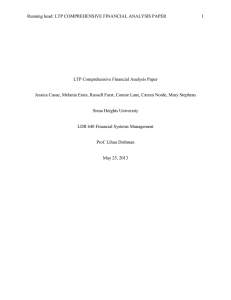Recruiting for PR 2
advertisement
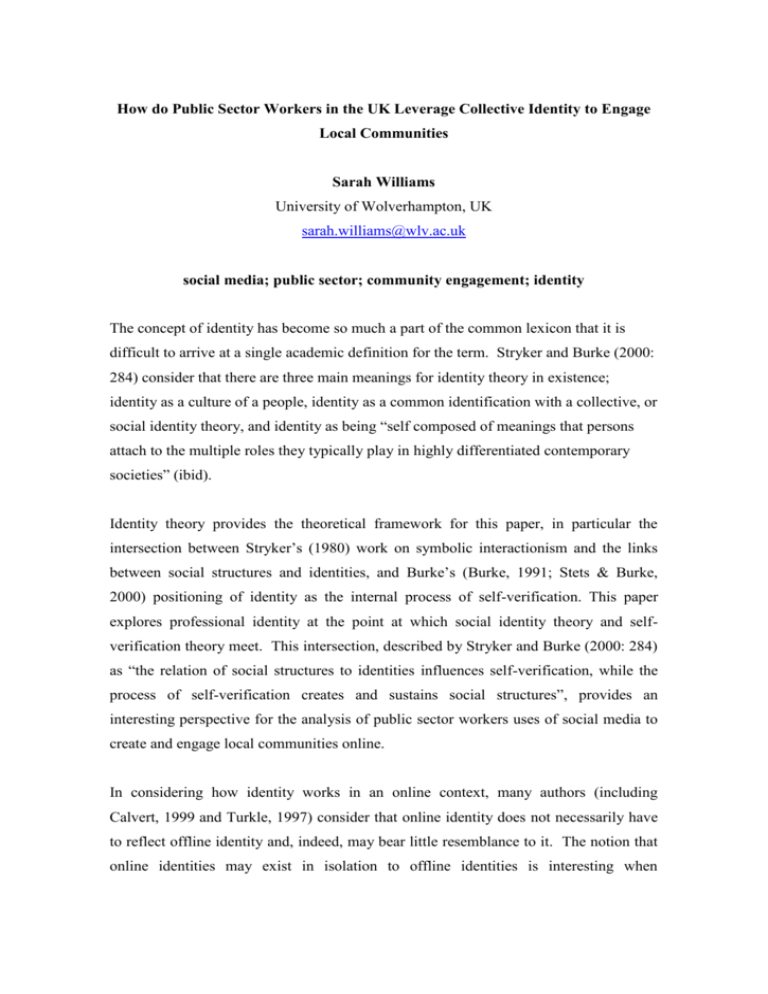
How do Public Sector Workers in the UK Leverage Collective Identity to Engage Local Communities Sarah Williams University of Wolverhampton, UK sarah.williams@wlv.ac.uk social media; public sector; community engagement; identity The concept of identity has become so much a part of the common lexicon that it is difficult to arrive at a single academic definition for the term. Stryker and Burke (2000: 284) consider that there are three main meanings for identity theory in existence; identity as a culture of a people, identity as a common identification with a collective, or social identity theory, and identity as being “self composed of meanings that persons attach to the multiple roles they typically play in highly differentiated contemporary societies” (ibid). Identity theory provides the theoretical framework for this paper, in particular the intersection between Stryker’s (1980) work on symbolic interactionism and the links between social structures and identities, and Burke’s (Burke, 1991; Stets & Burke, 2000) positioning of identity as the internal process of self-verification. This paper explores professional identity at the point at which social identity theory and selfverification theory meet. This intersection, described by Stryker and Burke (2000: 284) as “the relation of social structures to identities influences self-verification, while the process of self-verification creates and sustains social structures”, provides an interesting perspective for the analysis of public sector workers uses of social media to create and engage local communities online. In considering how identity works in an online context, many authors (including Calvert, 1999 and Turkle, 1997) consider that online identity does not necessarily have to reflect offline identity and, indeed, may bear little resemblance to it. The notion that online identities may exist in isolation to offline identities is interesting when considered in the context of a person representing an organisation; must the online identity reflect the institution or the person, and how do the workers’ themselves manage this dilemma? This paper considers how institutional versus personal identities appear to work on social media, in particular considering whether the most successful initiatives are the ones where people are communicating as individuals with their own identity, talking from a personal perspective, or whether institutional accounts are most effective at engaging communities, or indeed whether a combination of the two works best. In particular the paper considers which strategies are being employed by public sector workers in their use of social media, for what reasons are these strategies being adopted, and how effective do they seem to be? Finally, the paper considers how imposed social media use affects workers’ representations of their professional identity. The study employs qualitative research methods in order to explore how public sector workers seek to play on collective identity to engage local people through social media. A case study approach is adopted to explore the role of identity in public sector workers’ uses of social media, therefore for the purposes of the study the public sector in the UK was loosely defined as a work group based on shared challenges and objectives (Daymon and Holloway, 2002: 105). The public sector case was compiled using a mixed-methods approach combining unstructured interviews with 11 public sector communications practitioners and two representatives of community groups, coupled with the use of two hall meetings to test the initial findings and allow for wider discussion. In discussion the paper considers if the multiple roles inhabited by public sector workers can really be said to be ‘highly differentiated’ as suggested by Stryker and Burke (2000: 284) and further considers if the concept of online identity as being distinct from offline identity (Turkle, 1997; Calvert, 1999) can be said to be true of public sector workers in the UK. Bibliography Burke, P. J. (1991). Identity processes and social stress. American Sociological Review, 56(6), 836. Calvert, S. (1999) Identity on the Internet in Annenberg public policy center conference on the internet and the family. Washington. Daymon, C. & Holloway, I., (2002) Qualitative Research Methods in Public Relations and Marketing Communications London: Routledge Turkle, S (1997) Life on the screen: Identity in the age of the Internet New York: Simon & Schuster. Stets, J. E., & Burke, P. J. (2000). Identity theory and social identity theory. Social Psychology Quarterly, 63(3), 224-237. Stryker, S. (1980) Symbolic Interactionism: A Social Structural Version. Menlo Park: Benjamin/ Cummings Stryker, S. & Burke, P (2000) The Past, Present, and Future of an Identity Theory. Social Psychology Quarterly vol. 63, n°4: 13, pp.284-297
